First Canadian Wildfires of 2024 Gave This U.S. City the Worst Air Quality in the Country
Over 100 wildfires are currently spreading across the vast Canadian landscape, placing residents of small towns from British Columbia to Manitoba in considerable danger.
As firefighters work to push back the numerous fires, officials have announced air quality alerts for several Canadian regions and numerous US states.
Canadian Wildfire Season
Beginning around spring and running until the tail end of fall, Canada typically experiences a significant amount of wildfires, particularly in its heavily forested Western regions.
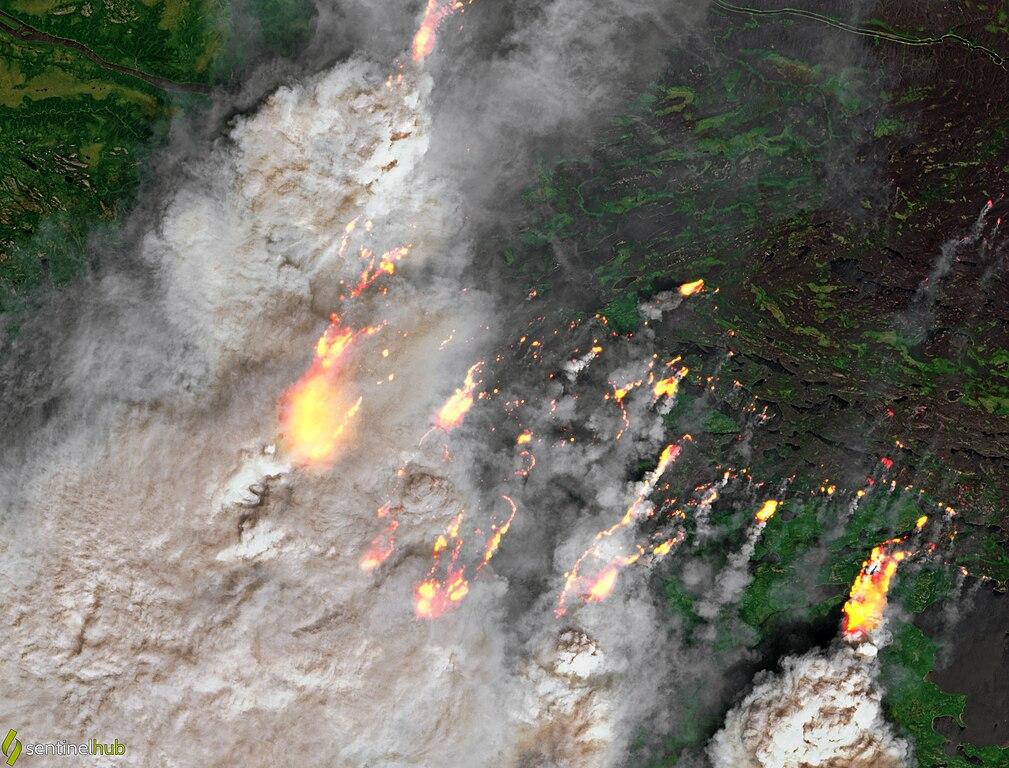
Source: Wikimedia
Firefighters and Canadian officials were glad to see the end of the wildfire season last October after experiencing one of the worst on record. Yet, this year appears to be shaping up like the last, as fires are already placing stress on small communities and large cities.
Troubling Start to the New Season
Canada’s wildfire season has already begun sounding alarms as over 100 blazes are currently spreading across the landscape.
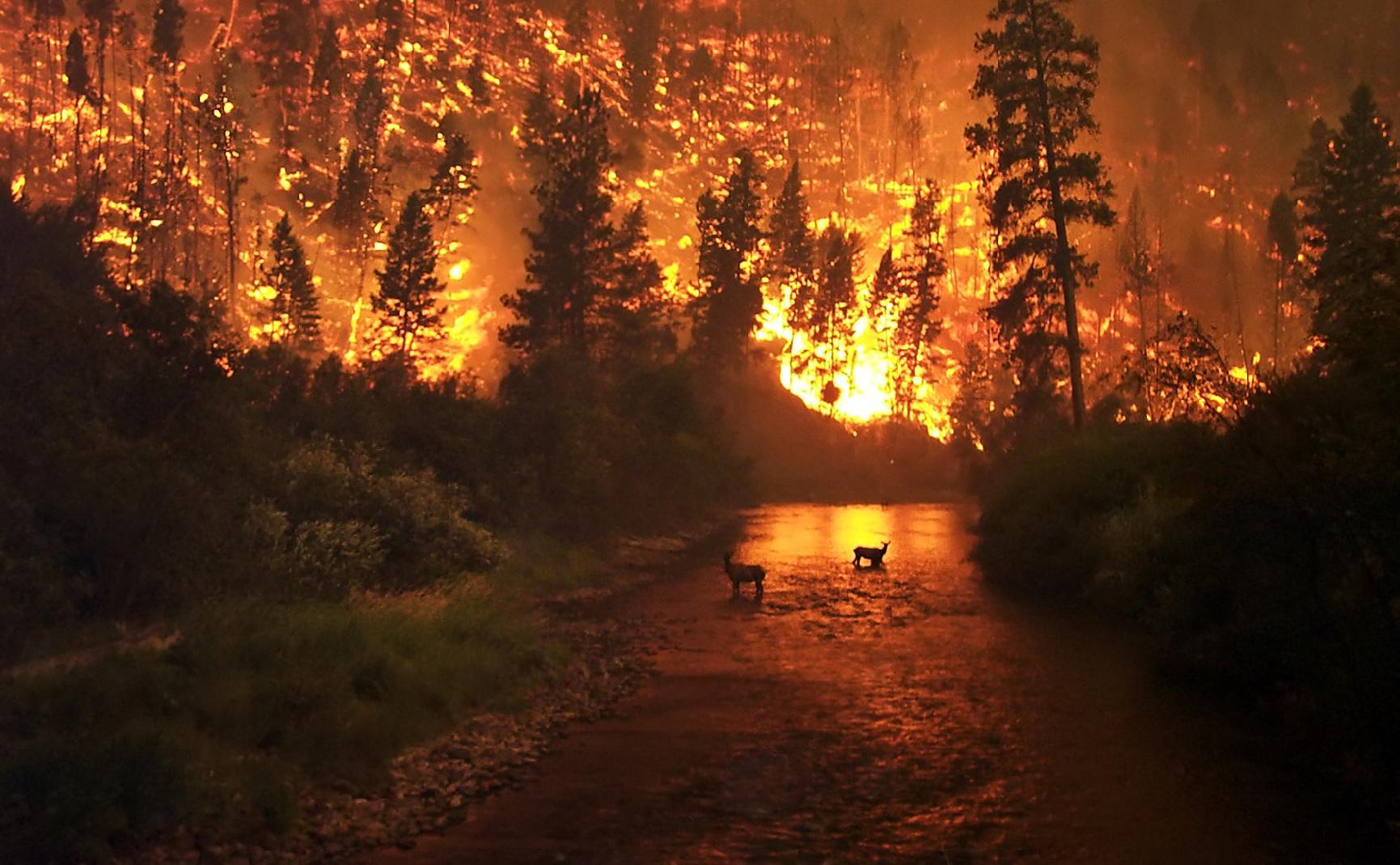
Source: Wikimedia
In total, 146 fires threaten to engulf entire communities and have forced thousands of residents to flee their homes for safety. According to Axios, the harsh fires have also triggered air quality alerts in Western Canada and numerous US states.
Massive Fire Chars Large Portion of Eastern Canada
Canada’s heavily forested Eastern regions are just as susceptible to wildfires. Already this year, the province of Manitoba witnessed an extensive wildfire that charred over 86,000 acres of land.

Source: Wikimedia
“I’ve been working in wildfires for 40 years; I’ve never seen a fire like this,” Manitoba Wildfire Service Director Earl Simmons said during a news conference on Monday.
Fire in British Columbia Inches Towards Small Community
A separate wildfire in British Columbia in the West of Canada has already burned through 13,000 acres of land and is inching toward the small community of Fort Nelson.
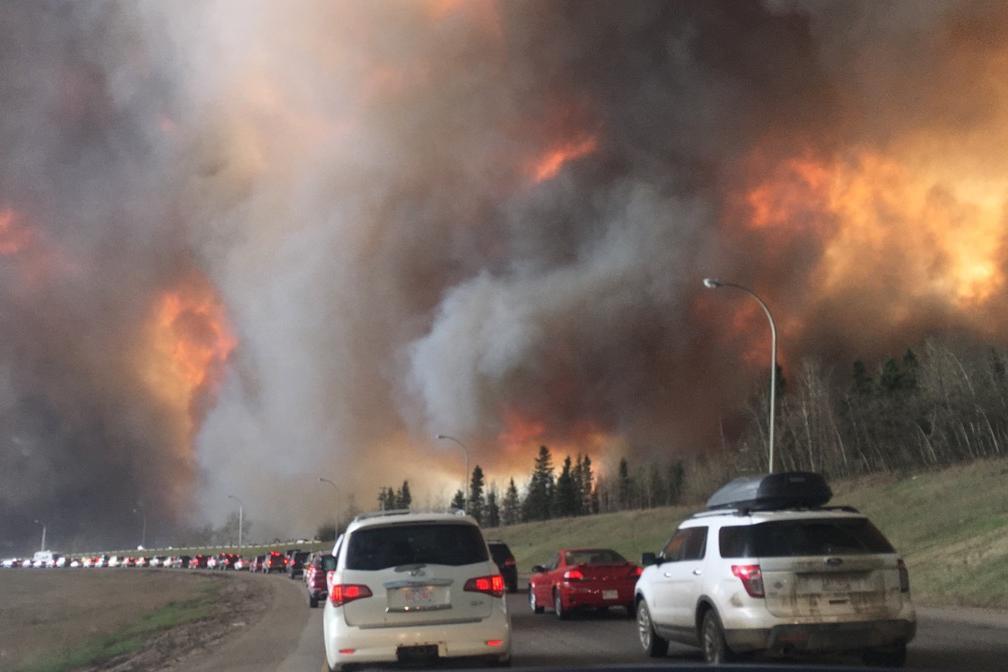
Source: Wikimedia
“The next 48 hours will be a challenging situation,” said Bowinn Ma, BC minister of emergency management and climate readiness. “We may begin to see volatile wildfire activity later this afternoon.”
Air Quality Warnings for Northern US States
The raging fires blazing on the US-Canadian borders have released an enormous amount of toxic smoke into the air, forcing Environment Canada to issue a rare air quality statement that extends from Saskatchewan to British Columbia.
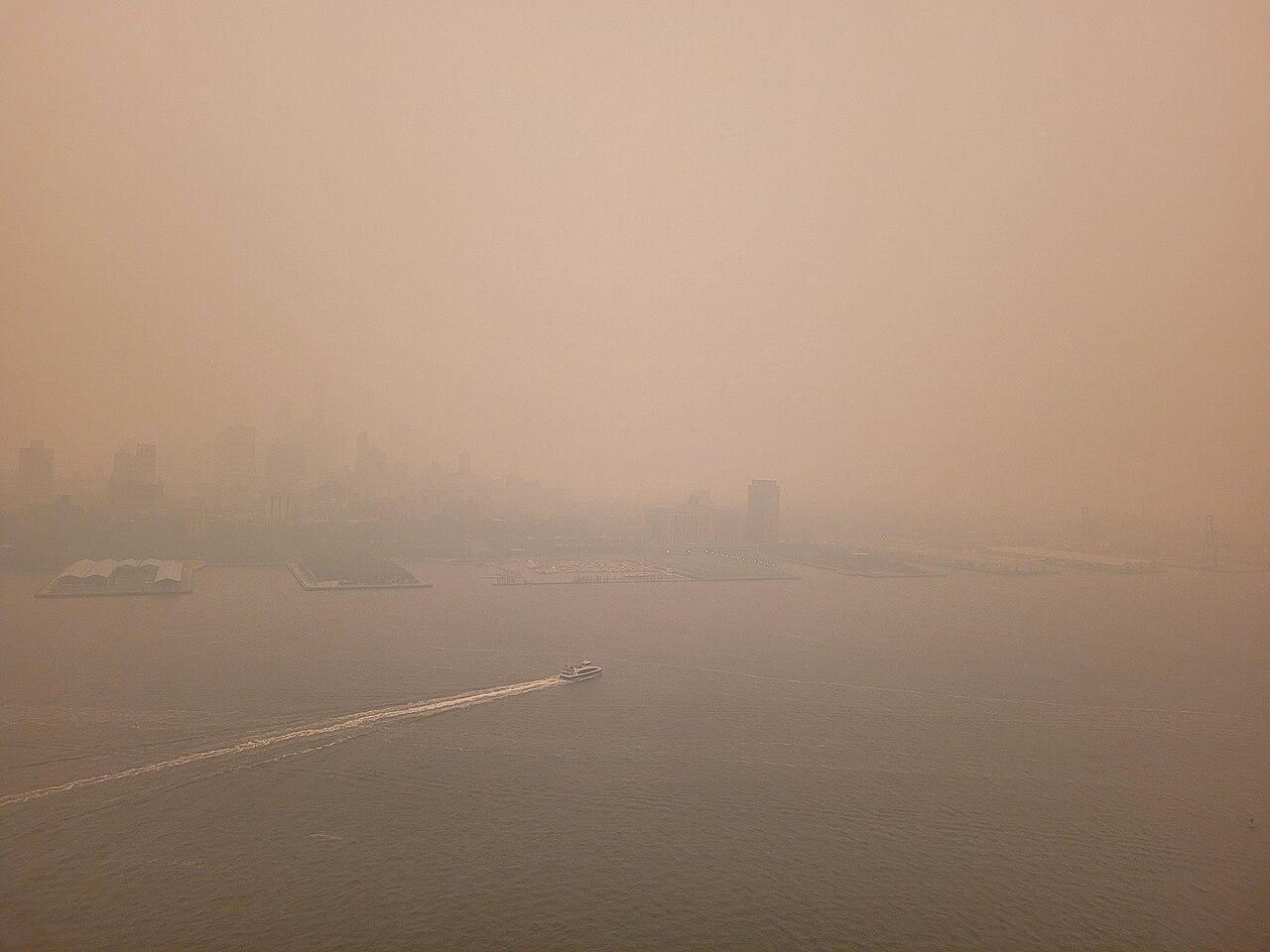
Source: Wikimedia
However, due to the scale of the blazes, smoke has begun to drift toward the northern US border states, leading to air quality warnings in Iowa, Wisconsin, and Minnesota.
Worst Air Quality in the US
According to data spruced from AirNow.Gov, the air quality of all three states reached dangerously low and “unhealthy” levels.
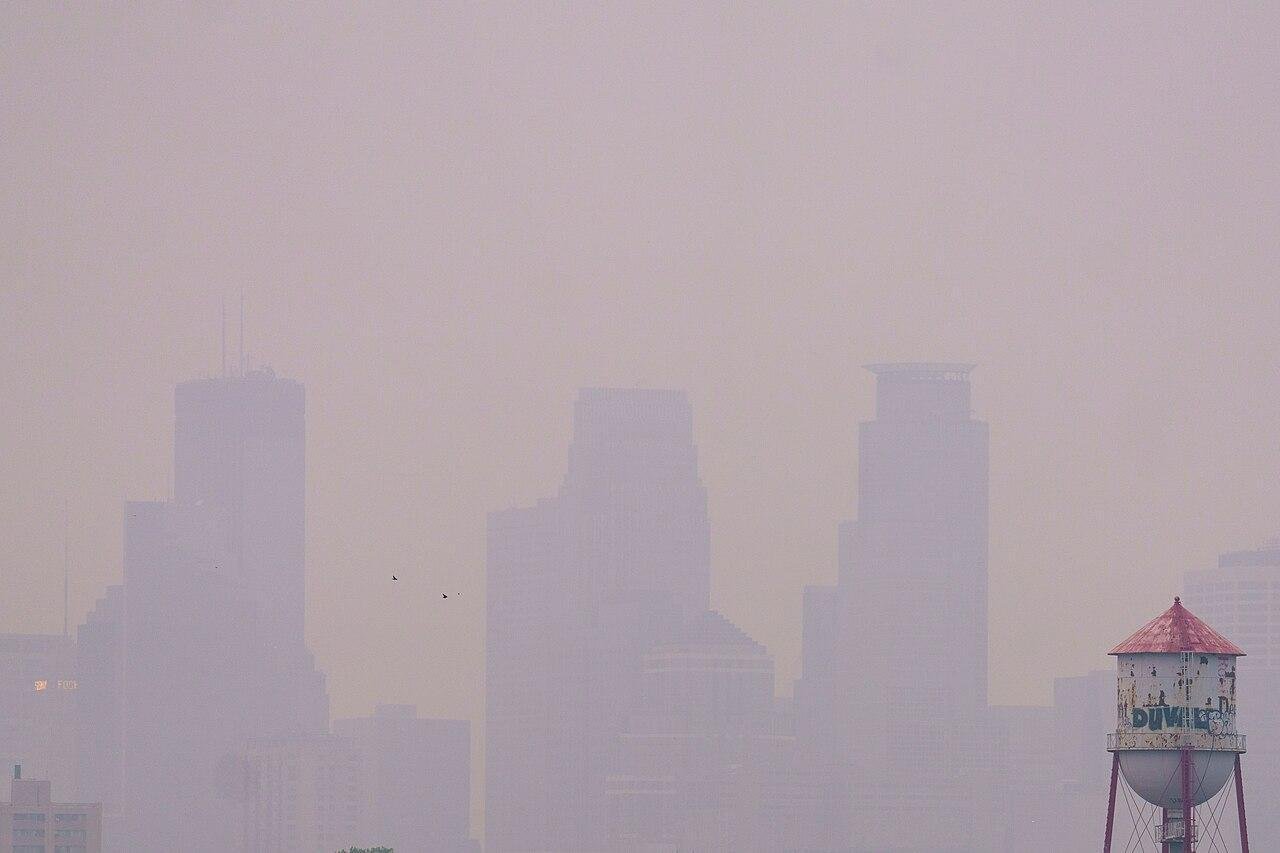
Source: Wikimedia
IQAIR, a company that tracks regional air quality worldwide, claims the Twin Cities air quality is the eighth-worst in the world when compared to 119 other major cities as a result of the Canadian wildfires and the current worst in the US.
Problems Arising for Sensitive Groups
According to the Environmental Protection Agency, air quality this poor can begin to cause severe health concerns for sensitive groups or even those who work or spend a substantial amount of time outdoors.

Source: Wikimedia
Smoke from wildfires has been linked to a plethora of illnesses, including heart-related issues and an increase in cancer.
A Repeat of Last Year
During the extensive wildfires that occurred in Canada last year, smoke made its way to the United States, resulting in dangerous air conditions and similar warnings to those issued last week.
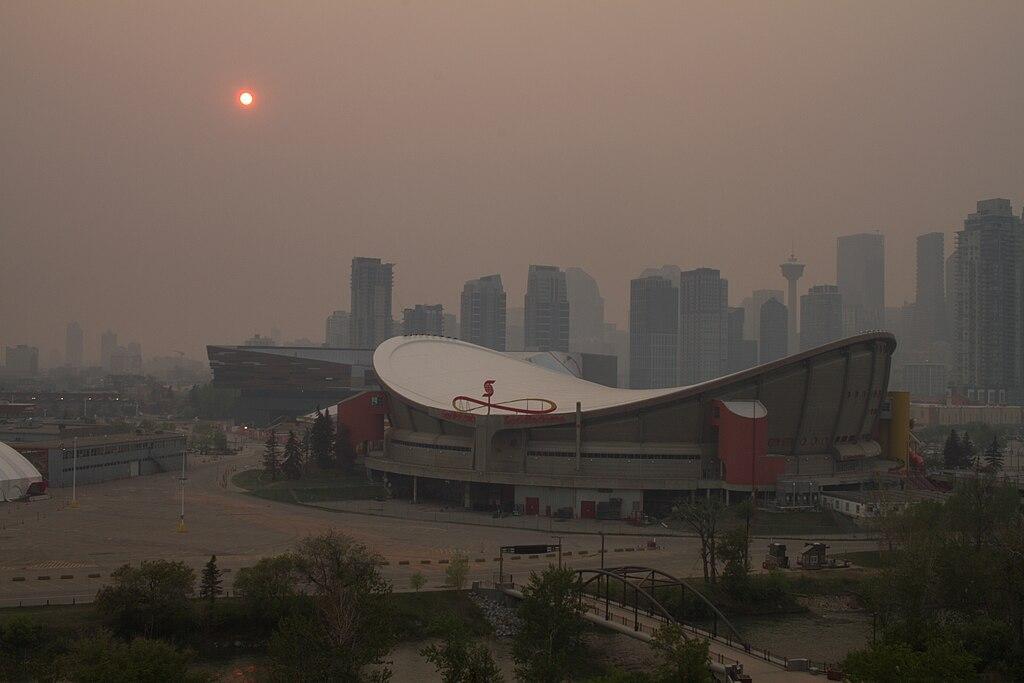
Source: Wikimedia
During this part of 2023, 11 US states experienced days with “very unhealthy” and even “hazardous” air quality.
Canadian Officials Offer Advice
The poor air quality conditions will likely last for several days until the fires begin to subside in Canada.

Source: Wikimedia
Officials from Canada have offered advice to those at higher risk, including people who have asthma, to wear masks when they are outdoors as this will reduce the chance of inhaling the fine particles of smoke.
Reasons Behind the Wildfires
Experts suggest dry conditions and winds are driving the fires. However, according to Ben Boghean, a fire behavior specialist for the BC Wildfire Service, “This region has experienced multiple years of drought, with a below-normal snowpack this past winter.”
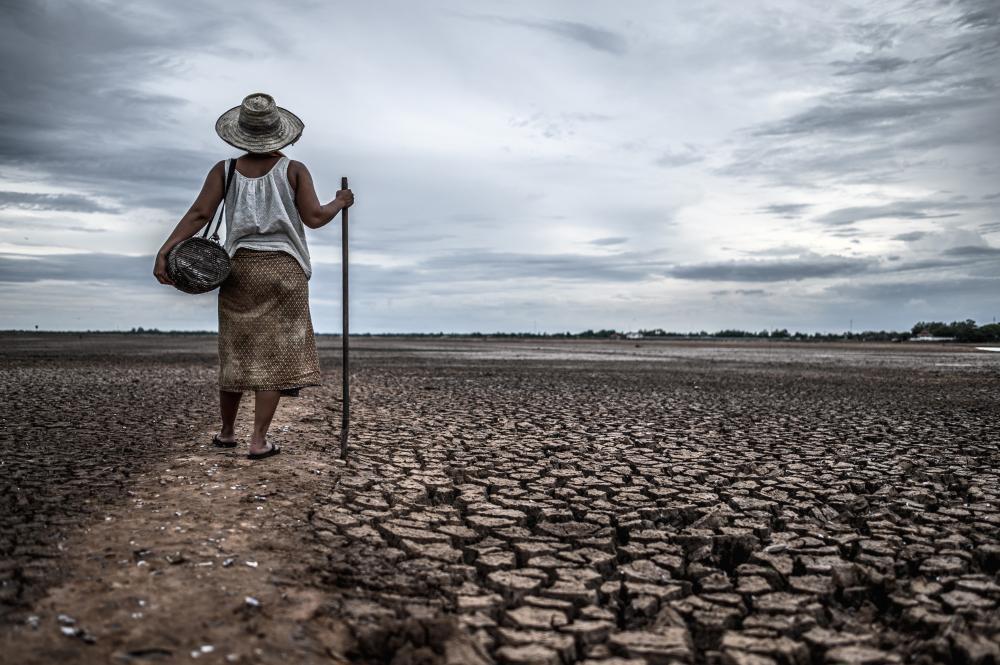
Source: Freepik
“As a result of this, our forests in the Fort Nelson zone are very receptive to new fire ignitions and rapid rates of spread.”
Zombie Fires
Some of the fires have been attributed to what’s known as a “holdover fire” or “zombie fire.” These are the smoldering remains of the previous year’s wildfires, which have been burning deep in the ground throughout winter.
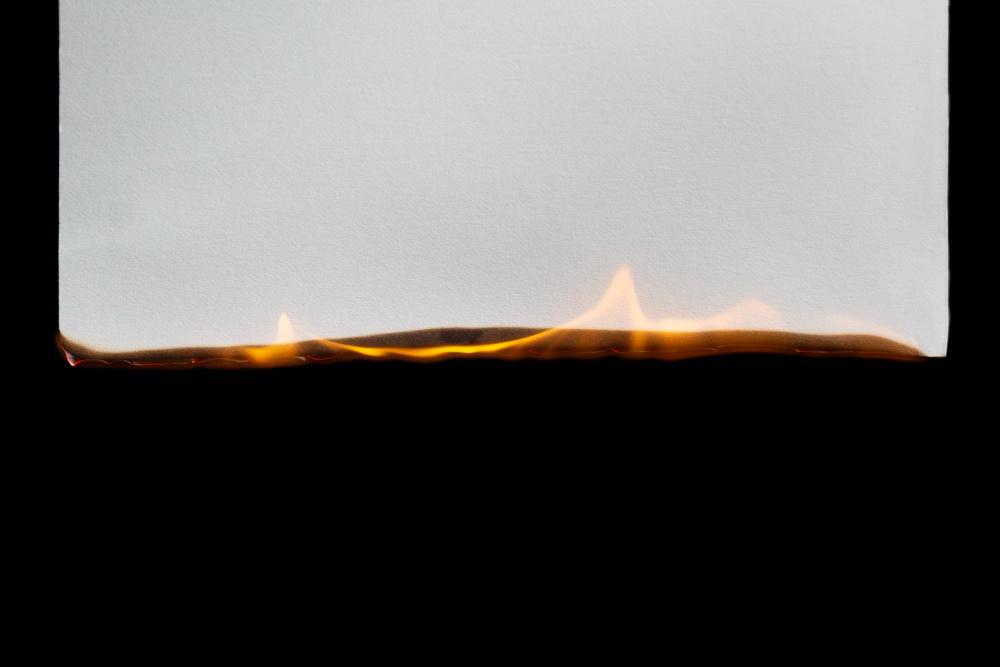
Source: Freepik
“In the past, the winter conditions are what put out a lot of holdover fires,” Ma said. “In this case, what we’ve seen is that due to higher temperatures and persistent drought through the last year, many of these holdover fires were not put out like they normally are.”
